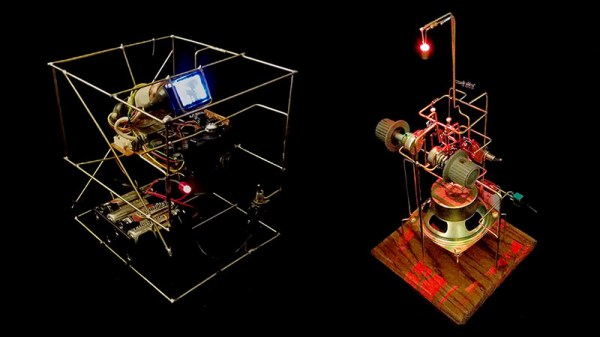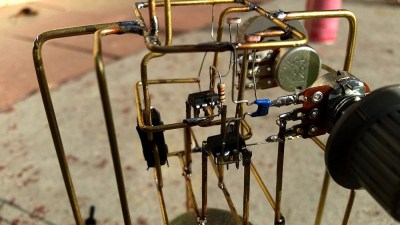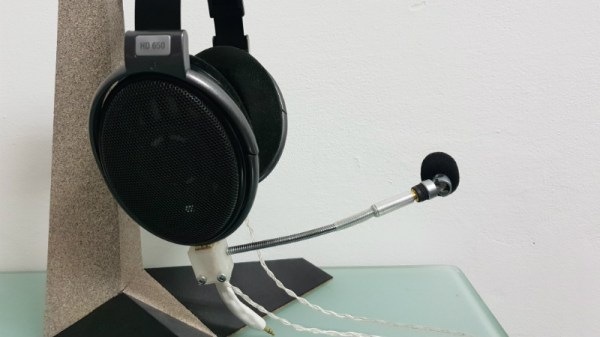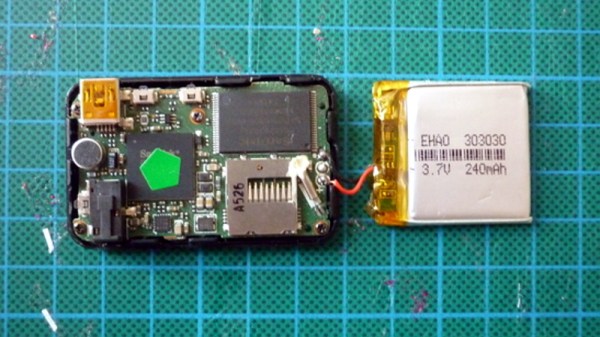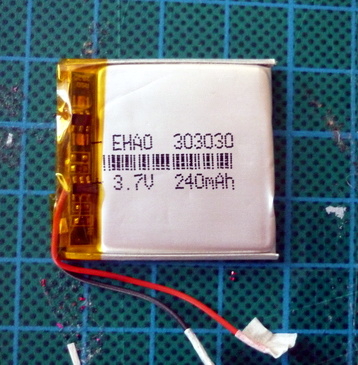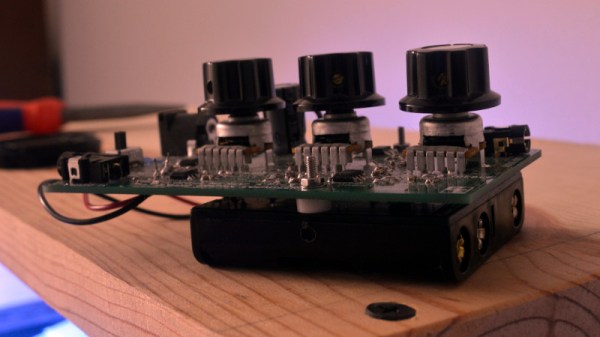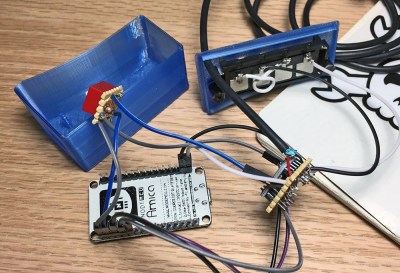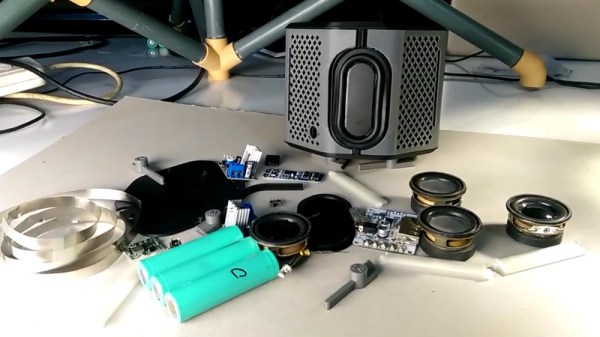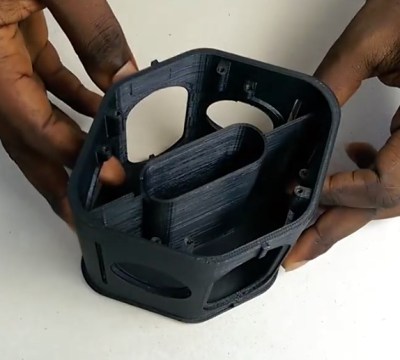Amidst the vast expanse of sand dunes in the Namib desert, there now exists a sound installation dedicated to pouring out the 1982 soft rock classic “Africa” by Toto. Six speakers connected to an MP3 player all powered by a few solar powered USB battery packs, and it is literally located somewhere down in Africa (see lyrics). The whole project, known as TOTO FOREVER, was the creation of film director [Max Siedentopf] who himself grew up in Namibia.
“I set up a sound installation which pays tribute to probably the most popular song of the last four decades…and the installation runs on solar batteries to keep Toto going for all eternity.”
– Max Siedentopf, Creator of TOTO FOREVER
[Siedentopf] certainly chose a song that resonates with people on a number of levels. Toto’s “Africa” was one of the most streamed songs on YouTube in 2017 with over 369 million plays. The song continues to reach a new generation of fans as it has also been the subject of a number of internet memes. Though those local to the sound installation have had some less than positive things to say. [Siedentopf] told BBC, “Some [Namibians] say it’s probably the worst sound installation ever. I think that’s a great compliment.”
The idea of the installation “lasting for all eternity” will certainly be difficult to achieve since the components most certainly lack any serious IP rating. The audio player itself appears to be a RHDTShop mp3 player that according to its Amazon listing page, has three to four hours of battery life per charge. Considering the size of those solar cells the whole thing will probably be dead in a week or two (it is in a desert after all), but no one can deny the statement TOTO FOREVER makes. Below is some footage of the art piece in action taken by the artist himself.
Continue reading “Somewhere Down In Africa Toto Is Playing On Loop”


